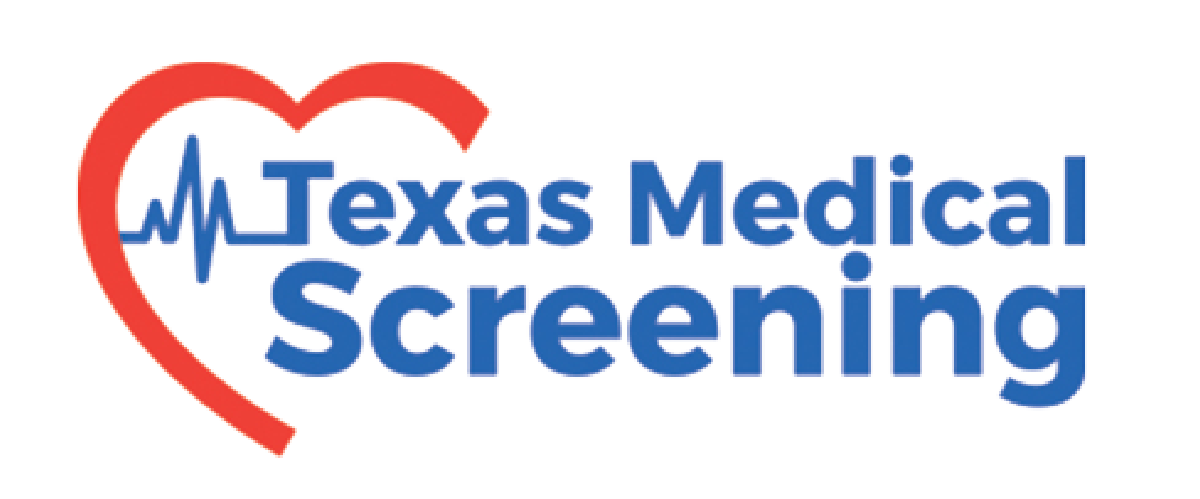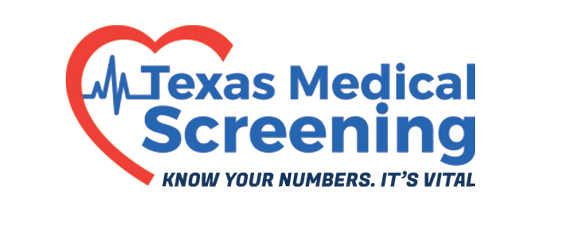According to the CDC, productivity losses related to personal and family health problems cost U.S. employers $1,685 per employee, per year. That’s a hit to the bottom line—and a clear sign it’s time to rethink how we define wellness ROI.
If your wellness program consists of a once-a-year health fair and a dusty gym reimbursement policy, it’s probably not doing what you think it is. Wellness ROI isn’t about offering more perks. It’s about outcomes. Fewer sick days. Lower healthcare costs. Higher employee engagement. And yes—smarter spending.
What Is Wellness ROI Really Measuring?
Most HR and benefits leaders have been taught to ask: “How many people signed up?” or “Did we use our wellness dollars this quarter?” Those are fine indicators of participation. But participation is not prevention.
Wellness ROI should go deeper. It should measure:
- Reduced absenteeism and presenteeism
- Lowered long-term claims costs
- Increased engagement with preventive health services
- Early detection of conditions
- Employee satisfaction with health resources
These aren’t vanity metrics—they’re real, financial markers of impact. And if you’re not tracking them, you’re likely overspending without seeing much in return.
The Hidden Costs of Reactive Health Programs
Let’s be honest. Most corporate health plans are still built around reactive care. We wait for someone to get sick, then step in. By then, it’s already expensive.
The real financial burden comes from untreated or unmanaged chronic conditions—high blood pressure, diabetes, obesity, and high cholesterol. These cost companies billions annually. But here’s the kicker: many of these issues are detectable early, often before symptoms appear.
That’s where preventative healthcare comes in. Regular, convenient access to biometric screenings—blood pressure, glucose, BMI, lipid panels—can flag problems early, long before they escalate into high-cost claims.
A Smarter Way to Spend Your Wellness Dollars
Many organizations are sitting on “wellness dollars” from their insurance provider or embedded in their benefit plan design. But here’s the challenge: most don’t know how to use them effectively.
Too often, those dollars go toward low-impact incentives or administrative bloat. But there’s a better way.
On-Site Preventive Screening Kiosks
Imagine offering employees access to health screening right in your breakroom or lobby. No appointments. No waitlists. No awkward scheduling during business hours.
A kiosk-based screening system is:
- Low-maintenance: Requires no on-site medical staff
- Scalable: Can be used by teams large or small
- Private and secure: HIPAA-compliant health data collection
- Trackable: Employers receive anonymized data to guide wellness efforts
This is how you connect wellness dollars to actual outcomes. Real-time screenings give employees valuable insight into their health—without the friction of traditional healthcare visits.
How to Start Driving Better Outcomes Today
If you’re ready to rethink your approach to wellness, start small. Focus on solutions that are:
- Accessible: Meet employees where they are
- Actionable: Deliver results employees can use right away
- Efficient: Minimal disruption, maximum value
- Trackable: So you can prove the impact at your next budget meeting
Questions to Ask Before You Invest:
- Will this program actually change employee health behaviors?
- Can it be implemented quickly and with minimal overhead?
- Does it align with our broader wellness and DEI goals?
- Can we measure the ROI within six months?
If the answer is no, it may be time to rethink that spend.
Prevention Isn’t a Perk—It’s a Priority
We’re at an inflection point. The old way of doing wellness—steps, challenges and t-shirts—isn’t moving the needle. But strategic, preventive health programming? That’s a different story.
When you put screening tools in your employees’ hands, you give them more than data. You give them the power to make smarter health decisions—and you give your company the gift of fewer sick days, lower costs, and stronger engagement.
That’s the kind of wellness ROI worth betting on.
Want to Learn More?
Let’s talk about how Texas Medical Screening can help bring better health—and better ROI—to your workplace.



Recent Comments